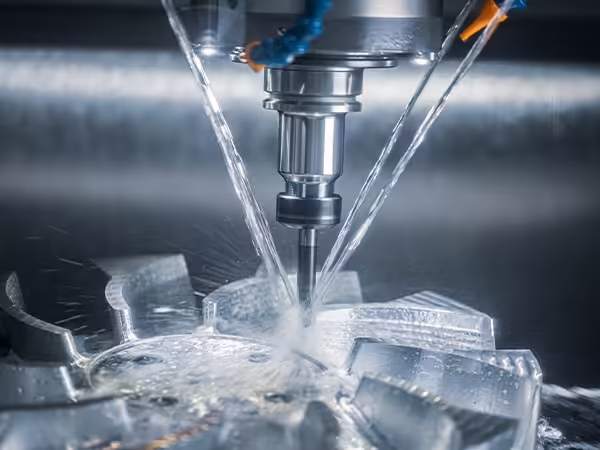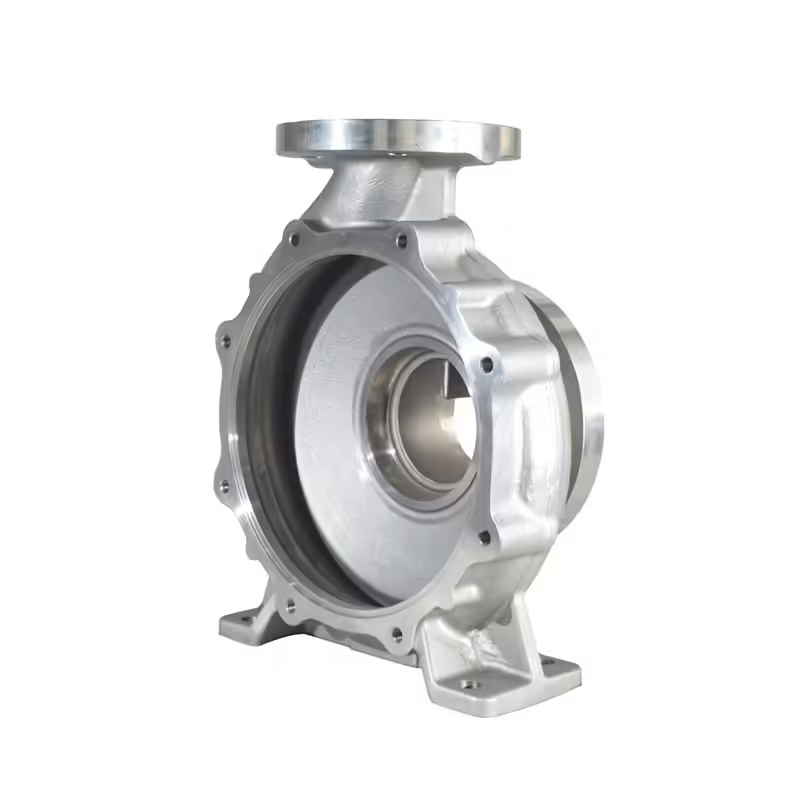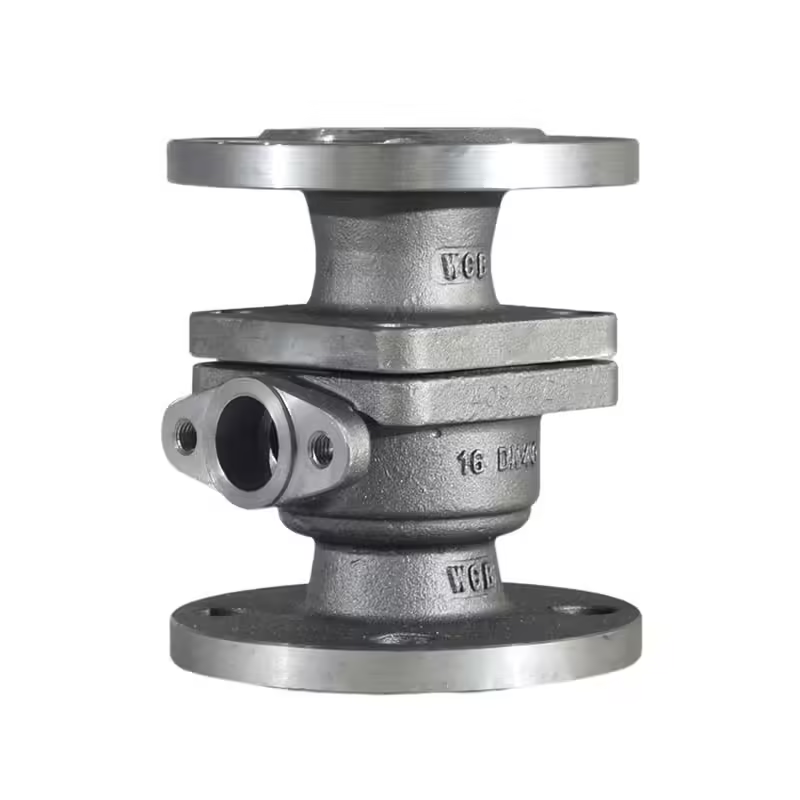Why Choosing the Right Valve Accessories Matters in 2025
Welcome to My Blog!
I’m thrilled to have you here! Before we dive into the content, I’d love for you to join me on my social media platforms. It’s where I share extra insights, connect with our amazing community, and keep you updated on the latest news. Here’s how you can stay connected:
📘 Facebook: Shanghai Leierwo Industry Trade Co., Ltd.
Now, let’s embark on this journey together! I hope you find the content here not only insightful but also inspiring and valuable. Let’s get started!
Table of Contents
Introduction

As industrial operations evolve with advanced technology and increasing demand for efficiency, one critical component that continues to play a pivotal role is valve accessories. Often overlooked, valve accessories are essential tools that significantly enhance the performance, safety, and longevity of fluid control systems. Whether you’re managing oil and gas pipelines, water treatment facilities, or HVAC systems, choosing the right valve accessories can make or break your operational success in 2025.
Valve accessories include everything from actuators, limit switches, positioners, and lockout devices to stem extensions and mounting kits. Their role is to optimize the function of valves, which are the gatekeepers of flow in any system. The wrong accessories not only reduce system performance but can also lead to costly failures, safety hazards, and inefficiencies.
In this comprehensive guide, we will explore why selecting the proper valve accessories is more critical than ever, what to consider when choosing them, the latest trends shaping the market in 2025, and how the right decisions now can bring long-term benefits.
What Are Valve Accessories and Why Do They Matter?
Understanding the Functionality of Valve Accessories
Valve accessories are supplementary devices or components attached to valves to improve functionality, safety, monitoring, and automation. While the primary role of a valve is to regulate flow, accessories expand this function by enabling remote control, indicating valve status, preventing tampering, or facilitating maintenance.
Some common valve accessories include:
- Actuators – For automatic opening and closing.
- Limit Switches – To provide feedback on valve position.
- Positioners – To ensure accurate valve positioning.
- Solenoids – To convert electrical signals into mechanical movement.
- Lockout Devices – To safely disable valves during maintenance.
By integrating the right accessories, industries can dramatically reduce manual labor, increase safety protocols, and maintain consistent flow control.
The Risks of Neglecting Proper Valve Accessories
Inappropriate or low-quality valve accessories can lead to various operational problems. Common issues include misalignment, sluggish performance, pressure loss, increased downtime, and even system-wide failures. For example, a poorly chosen actuator may respond too slowly or fail under extreme conditions, jeopardizing an entire process line.
By contrast, correctly chosen valve accessories aligned with system specifications ensure seamless operation. They also support automation initiatives—a growing trend in 2025 as more facilities adopt smart technologies to reduce human error and boost productivity.
Key Considerations When Choosing Valve Accessories
1. Compatibility with Valve Types and Applications
Every valve model—be it gate, globe, butterfly, or ball—has its own design characteristics and functional requirements. Likewise, the devices that support them must match those specifications precisely.
For instance, a component designed for a ball valve may not be suitable for a diaphragm valve due to differing movement mechanics. It’s crucial to ensure that any additional device is engineered to work harmoniously with the base valve structure. Manufacturers often provide compatibility guides and charts that should be consulted during the selection process.
Failing to align component specifications can lead to inefficient operation, increased wear, or complete failure of the system.
2. Environmental and Operational Conditions
Environmental challenges play a major role in the longevity and performance of valve setups. When selecting supplemental gear, it’s vital to consider factors like:
- Temperature ranges
- Chemical exposure
- Humidity levels
- Pressure ratings
For corrosive environments—such as marine or offshore installations—materials like stainless steel or coated alloys are often preferred. In contrast, temperature-sensitive applications may require accessories with specialized thermal insulation or high-heat resistance.
Operations conducted in potentially explosive or high-risk environments must comply with safety regulations such as ATEX or IECEx, demanding intrinsically safe designs. Opting for rugged, industrial-grade equipment ensures long-term resilience under harsh conditions.
3. Automation and Control System Integration
Industrial automation is no longer a future concept—it’s today’s standard. Many production facilities operate under centralized digital management platforms like SCADA or PLCs. Any peripheral device you add to your valve system must be able to communicate seamlessly with these platforms.
To support remote monitoring and control, choose components equipped with compatible protocols such as:
- HART
- Modbus
- Foundation Fieldbus
- PROFIBUS
Devices with digital capabilities not only make it easier to integrate into smart systems but also help in predictive maintenance by delivering diagnostics, performance data, and alerts in real-time.
4. Maintenance Requirements and Accessibility
Long-term performance depends heavily on how easy it is to maintain and repair the components you install. Devices with modular designs can often be replaced without removing the valve from the pipeline, saving both time and labor.
Additionally, some advanced units come with built-in diagnostics that help technicians quickly pinpoint issues without needing to disassemble the entire setup. This not only simplifies troubleshooting but also reduces downtime and operational disruptions.
User-friendly designs with clear indicators or plug-and-play installation features are especially valuable in facilities where maintenance access is limited.
5. Cost vs. Performance Balance
Budget constraints are a real-world factor in every project. While cutting costs might seem appealing, opting for the cheapest available option often leads to hidden expenses down the line—such as higher maintenance costs, frequent replacements, and unexpected downtime.
It’s important to evaluate the total cost of ownership (TCO) rather than just the initial price tag. Factors like energy efficiency, lifecycle durability, and compatibility with existing systems all contribute to long-term value.
A mid-tier product that meets operational demands and integrates well with existing infrastructure is often a better investment than a premium item with unnecessary features or a low-cost solution that compromises reliability.
Trends in Valve Accessories for 2025


The valve accessories market is evolving rapidly in response to global industrial demands, stricter regulatory standards, and digital transformation. Here are some key trends to watch in 2025:
Smart Valve Accessories and IoT Integration
Industries are increasingly deploying smart accessories capable of real-time monitoring and analytics. These components provide insights into valve health, detect early signs of failure, and enable predictive maintenance.
Sustainability and Energy Efficiency
Valve accessories are now designed to be more energy-efficient and environmentally friendly. Pneumatic actuators with energy-saving features or accessories made from recyclable materials are gaining popularity.
Customization and Modular Designs
In 2025, companies are seeking more customized solutions tailored to their specific applications. Modular valve accessories allow flexibility in system upgrades and repairs without the need for complete overhauls.
Increased Focus on Cybersecurity
As more valve accessories become digitally connected, protecting them from cyber threats is essential. Secure communication protocols and tamper-proof configurations are becoming standard features.
Comparison Table: Common Valve Accessories and Their Applications
| Accessory Type | Main Function | Best Used In | Key Considerations |
|---|---|---|---|
| Actuators | Automates valve movement | Industrial automation, HVAC | Choose electric/pneumatic based on system |
| Limit Switches | Position feedback | Water treatment, Oil & Gas | Select based on signal type and enclosure rating |
| Positioners | Accurate valve control | Chemical processing, Refineries | Ensure compatibility with control signals |
| Solenoid Valves | Electromagnetic control of fluid flow | Fire protection, Irrigation systems | Match voltage and flow specs |
| Lockout Devices | Prevent unauthorized operation | Maintenance safety systems | Must meet OSHA standards |
| Mounting Kits | Connect accessories to valves securely | General industrial use | Material durability, compatibility |
| Position Indicators | Visual or remote valve status monitoring | Automation systems, Labs | Choose LED or mechanical types |
| Stem Extensions | Extend valve control points | Underground or hard-to-reach valves | Confirm length and strength needed |
This table summarizes some of the most common valve accessories in use across industries today. The key is to match each accessory’s features with the operational demands of your system.
How the Right Valve Accessories Improve System Performance
Valve accessories may be small in size, but their impact is monumental. Here are several ways the right accessories can enhance performance across various sectors:
Boosting System Reliability
Accurate feedback devices like positioners and limit switches help maintain consistent flow rates and pressure levels, reducing variability and downtime.
Enhancing Safety
Lockout devices and position indicators provide critical safety layers, ensuring systems can be maintained or shut down without risk to personnel or property.
Reducing Operational Costs
Automated accessories cut down on labor requirements and extend valve life through smoother, more controlled operation.
Supporting Compliance and Reporting
Accessories integrated with smart monitoring systems make it easier to comply with industry regulations and standards. Real-time data supports audit trails and continuous improvement.
Common Mistakes to Avoid
While investing in valve accessories can provide measurable benefits, many organizations fall into traps that undermine their efforts. Here are common mistakes to steer clear of:
Overlooking Environmental Conditions
Failing to consider temperature extremes, corrosion, or exposure to chemicals can lead to premature failure of accessories.
Ignoring System Integration
Choosing accessories without checking compatibility with your control system or data protocols can result in additional costs or operational delays.
Choosing Based on Price Alone
A low-cost option may seem attractive but often comes with trade-offs in performance, durability, and reliability.
Neglecting Maintenance Requirements
Some accessories may be difficult or expensive to maintain. Always consider long-term upkeep before purchasing.
Conclusion
As we move further into 2025, the importance of valve accessories in industrial operations is clearer than ever. These critical components enhance system performance, reduce downtime, improve safety, and support automation—all key priorities in a fast-paced, technology-driven world.
Selecting the right valve accessories isn’t just a technical decision—it’s a strategic one. By understanding the needs of your application, the environment it operates in, and the latest innovations available, you can make informed choices that pay off in both performance and profitability.
Make 2025 the year your systems operate smarter, safer, and more efficiently—by choosing the right valve accessories.
FAQ
What are valve accessories used for?
Valve accessories are used to enhance the functionality, safety, and automation of valve systems. They enable better control, provide feedback, and allow remote operation and monitoring.
How do I know which valve accessories I need?
Start by evaluating your system requirements, including valve type, operating environment, control system, and safety needs. Consult compatibility charts and manufacturer guidelines to narrow down your options.
Are valve accessories necessary for manual valve systems?
Even manual valves can benefit from accessories such as position indicators, lockout devices, and mounting kits to improve safety and visibility.
What industries use valve accessories the most?
Industries such as oil & gas, chemical processing, water treatment, food and beverage, pharmaceuticals, and HVAC systems heavily rely on valve accessories to maintain operations.
Can valve accessories be upgraded later?
Yes, many valve accessories come in modular designs, allowing you to upgrade or replace them as your system evolves. However, always check for compatibility with existing components.
Product Categories
- Valve Parts
- Water Pump Parts
- Bearing Box Parts
- Die Casting Parts
- Stainless Steel Pump Products
- Cast Iron Pump Products
- Valve Parts For Automobile Use
- Auto Parts
- Valve Parts For Civil Use
- Vacuum Pump Parts KF

